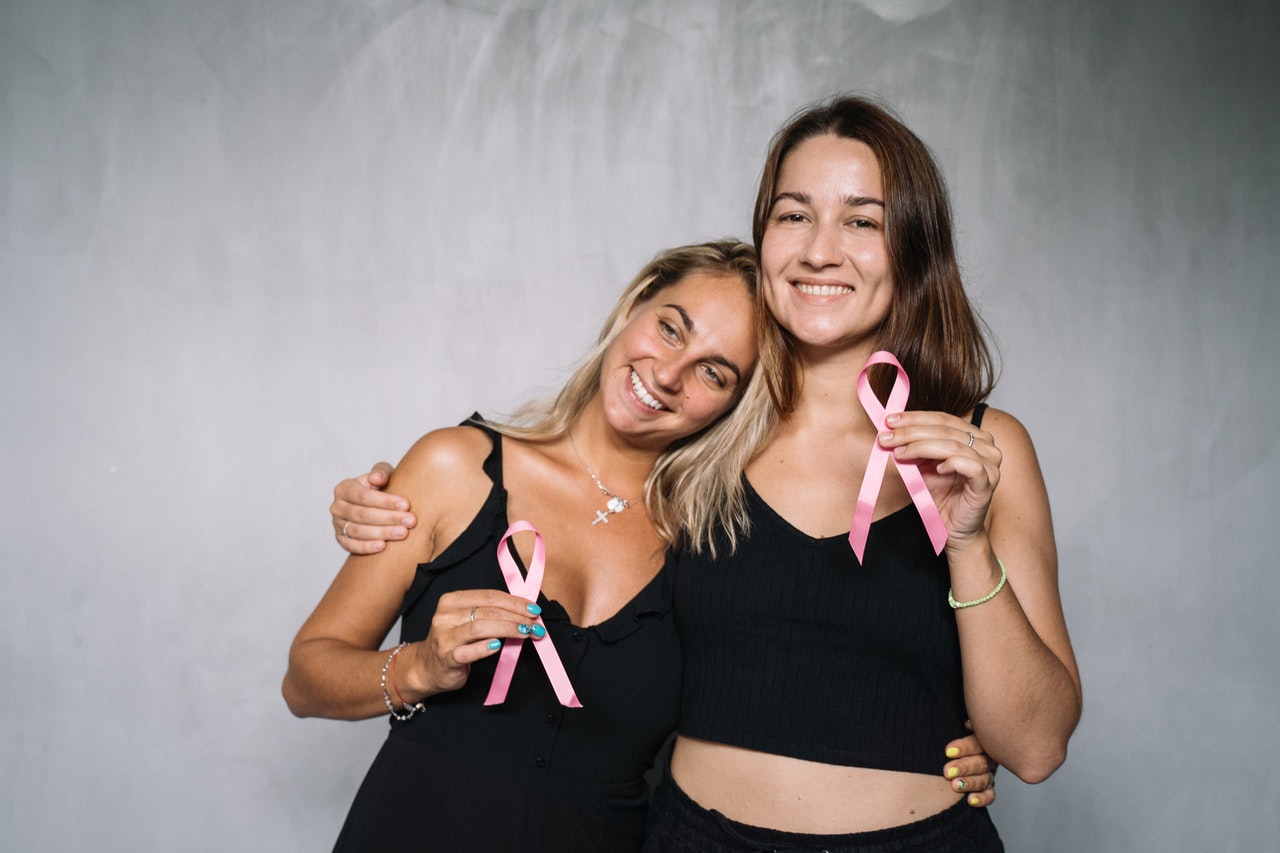
Breast Cancer Awareness Month. Who doesn’t want to know more about Breast Cancer and what it takes to detect and prevent it. During the Breast Cancer Awareness Month, here is an endeavour to disseminate knowledge about it so as to benefit women who do not have a clear idea to prevent or deal with at the earliest onset.
Well, the breast is a mass of glandular, fibrous and fatty tissue. It is placed over the pectoral (chest) muscle and attached by ligaments called Cooper’s ligaments. Development of these parts of the breast begin at puberty and are dependent on hormones such as estrogen and progesterone. Women may have many changes in their breast during any point of their life. Some are dependent on their menstrual cycle. Others are linked to birth control pills, hormone replacement therapy, family history or lifestyle changes. Most breast conditions are not cancer. They arise from an abnormality in the normal development and ageing of breast tissue.
October is the breast cancer awareness month. In a spirit of raising-awareness, we are giving you a two-part series on breast changes in :
- Premenopausal women
- Post-menopausal women
Part 1 – Premenopausal Women
Breast pain
- The most common complaint amongst younger women is pain linked to the menstrual cycle. This is called “Cyclical mastalgia”. It is almost always due to our hormones (estrogen and progesterone). As the pain does not always affect both the breasts, there might be other causes to pain in a single breast. This type of pain might begin at ovulation and last all though the menstrual cycle. Pain that involves both the breasts and is cyclical is generally not harmful. When the breast pain does not correlate with her menstrual cycle, it is called “Non-cyclical breast pain”. It is advisable to chart the breast pain to understand the link better. The pain might be minimal to so severe that you can’t wear tight clothes or move around freely.
- When you experience such pain, wear a good bra with adequate support. Maintaining a healthy lifestyle but limiting alcohol, caffeine and increasing greens in your diet are helpful. Pain killers such as Paracetamol may be taken in recommended doses if the pain is severe. Vitamin E capsules and massaging breasts with EPO (Evening primrose oil) have shown some benefit in patients.
Nagpur Adds To It’s Medical Arsenal – Breast Cancer Clinic Launched
Fibrocystic breast changes
These changes are what you feel in your breast prior to your menstrual cycle, commonly in the third and fourth decades of life. Breasts may feel heavy, sore or lumpy. These changes occur due to an overdrive of estrogen and a deficiency of progesterone. Although these are not cancerous, having certain pathologically proven lesions of the breast which fall under the “fibrocystic” category increase the risk of cancer three-fold.
Infections
Infections are common in breast feeding mothers, smokers and women with systemic illnesses. They may present with lumps, nipple discharge, pain or fever. It is very important to identify and treat these symptoms which may range from simple medical management to surgical treatment.
Cysts
- Women who develop a cyst complain of a sudden development of a lump in the breast overnight. Cysts are fluid filled structures in the breast which occur due to a blocked duct or hormonal changes. They are most commonly benign. However, certain cysts may have a small component of a cancerous or precancerous lesion. They are generally seen in the third or the fourth decades of life.
- They can be soft or hard. They may be felt by the hand or seen on imaging with a mammogram. They are generally observed or aspirated with a small needle.
Tumors (Benign)
- Fibroadenomas (FA) are benign lumps that occur commonly in younger women, especially teens. They however can occur at any age group. They are mobile and slip when being felt. Women generally feel them when examining their breasts. If they are small and not growing, they maybe observed. However, if they are increasing in size or are symptomatic, simple removal is suggested. They very rarely turn cancerous (Complex fibroadenomas)
- Phyllodes tumors are generally seen in the third and fourth decades of life and are prone to growing rapidly, changing the shape of the breast. The treatment is relatively complicated compared to a FA. Based on the nature of the tumor, radiotherapy might be required in certain cases and recurrences are common unless they are removed completely.
Breast Cancer
Currently, in India, the rates of cancer have increased in women between the ages of 25-40. The reasons for this might be lifestyle changes, similar to the West. If women under the age of 35 develop cancers, they tend to have a strong family history of ovarian or breast cancers. It is important to get counselled with a professional genetic counsellor.
Remember that ‘Breast Self-Examination” is the most important technique of identifying early breast diseases. It has to be done every month. Make sure you reach out to a doctor if you find any abnormality in your breasts.
… contd to Part 2 “Must Know Breast Changes for Post-Menopausal Women”
About the Author: Dr. Pragnya Chigurupati Narra is a Consultant – Breast Specialist & Oncoplastic Surgeon at the American Oncology Institute. This is this first article in a two-part series on breast changes
Nice article and information